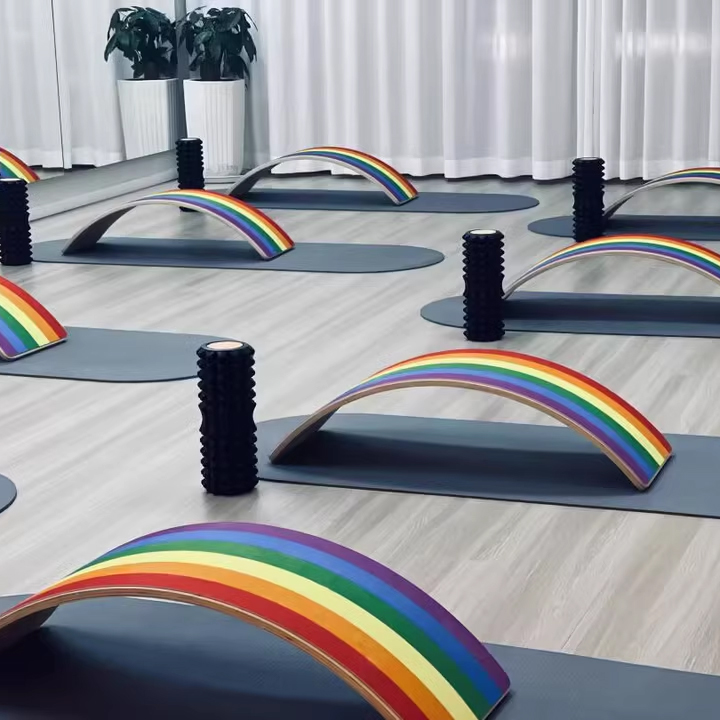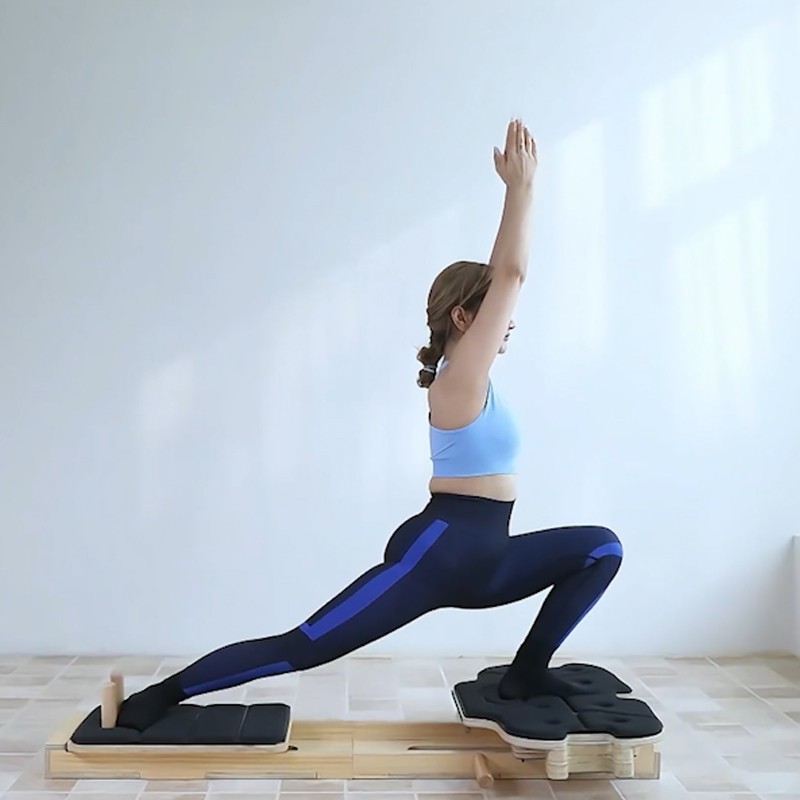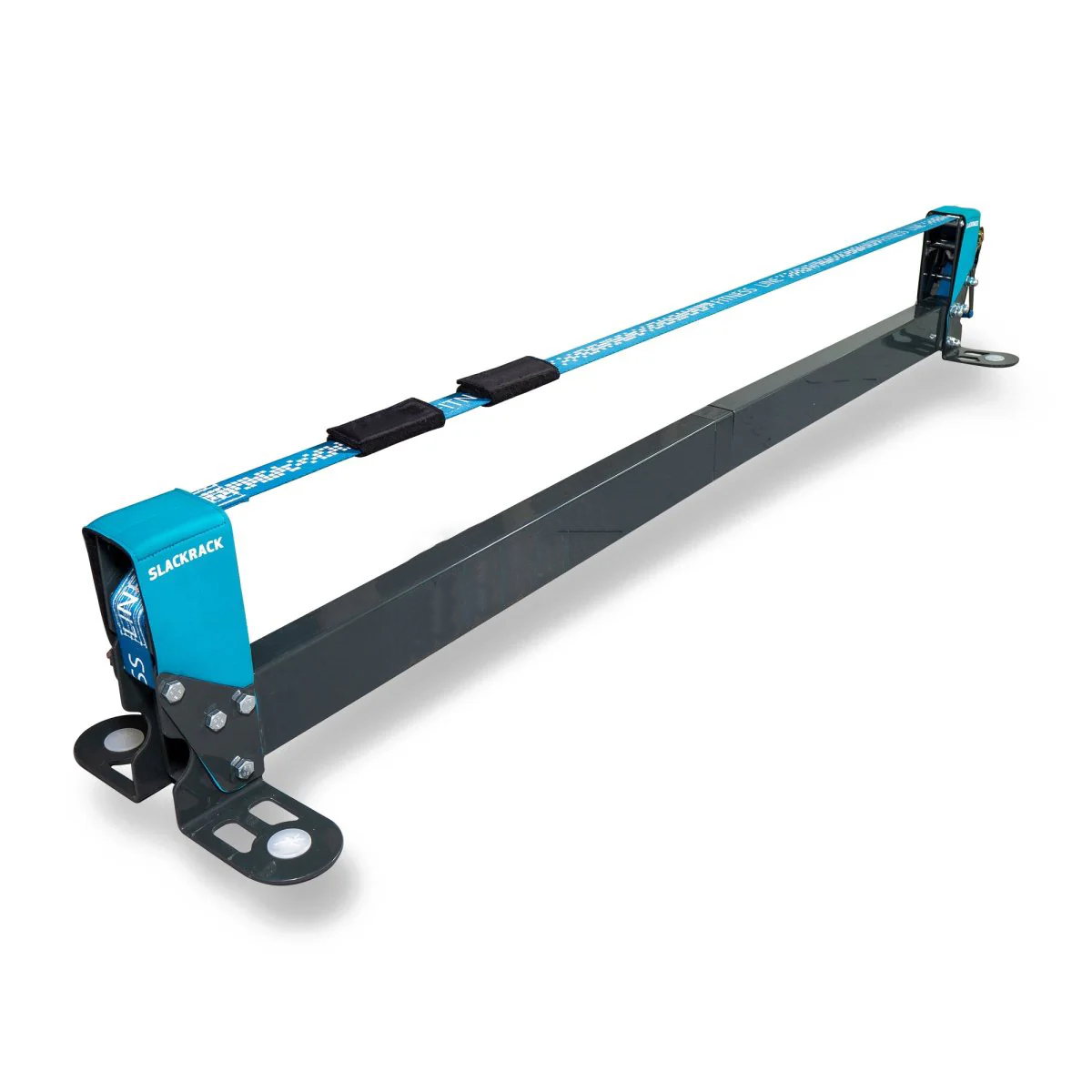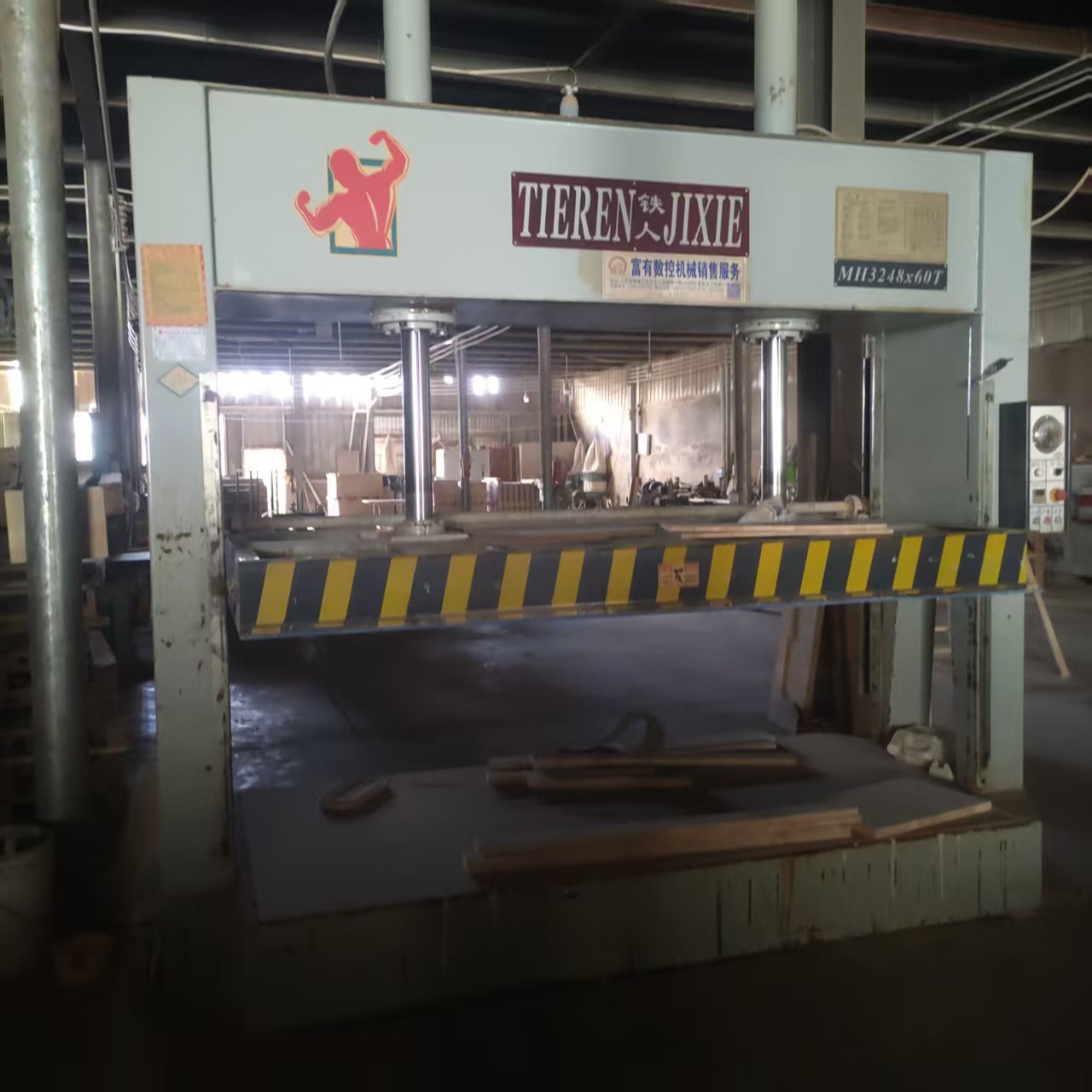There are significant differences between wooden canoe paddles and carbon fiber canoe paddles in terms of material characteristics, user experience, and applicable scenarios. Below are the core distinctions and a comparison of the pros and cons of both, combined with professional data and technical details analysis:
⚖️ I. Core Parameter ComparisonCharacteristics Wooden Canoe Paddle Carbon Fiber Canoe PaddleWeight Approximately 750 grams (heavier) 200-400 grams (only 1/3 of wooden paddle)Strength Easy to bend or break, weak impact resistance High rigidity, resistant to bending/breaking, strong puncture resistancePrice Lower (approximately 60-70 yuan each) Higher (680-780 yuan each)Maintenance Cost Requires regular moisture-proof and pest treatment, prone to wear Almost maintenance-free, corrosion-resistant, and stable shapeService Life Greatly affected by environment, easy to age over 10 years (high material stability)Environmental Friendliness Naturally biodegradable, low carbon footprint High energy consumption during production, difficult to recycle.
🪵 II. Advantages and Disadvantages of Wooden Canoe PaddlesAdvantages:Feel and Aesthetics: Natural wood provides a warm touch, and traditional craftsmanship gives it a unique texture, making it suitable for users pursuing classical aesthetics.Easy to Repair: Localized damage can be easily fixed with woodworking glue or binding, making it highly capable for emergency situations in the wild.Shock Absorption: The slight elasticity of wood can absorb splashing vibrations, resulting in less fatigue in the arms during long-term use.Disadvantages:Weight Disadvantage: Weighing about 750 grams, long-distance paddling can easily lead to muscle fatigue, making it less efficient in competitive scenarios.Poor Durability: Long exposure to water can cause swelling and deformation, and UV exposure can cause cracking, requiring regular application of tung oil or varnish.Limited Performance: The aerodynamic design of the paddle blade is restricted, resulting in greater water resistance and making it prone to wobbling at high speeds.
🚀 3. Advantages and Disadvantages of Carbon Fiber Canoe PaddlesAdvantages:Lightweight and Efficiency: Weighing only 200-400 grams, with a stroke frequency increase of over 20%, suitable for racing and long-distance exploration.High Strength Design: Tensile strength is 7-9 times that of steel, with excellent impact resistance (such as collisions with rocks).Fluid Optimization: Paddle blades can be molded into streamlined shapes, reducing water resistance by 15% and lowering noise (below 40 decibels).Customization: Supports angle adjustment of the paddle blade (0°-80°) and segmented length design (single-piece/four-piece), adapting to different water conditions.Disadvantages:High Cost: The unit price is 10 times that of wooden paddles, with total equipment costs exceeding 100,000 yuan.Brittleness Risk: May experience brittle fracture under extreme lateral forces, and onsite repairs are difficult.Cold Touch: Lacks the shock-absorbing properties of wood, and high-frequency paddling may transmit more vibrations to the arms.
4. Scene-based Selection RecommendationsLeisure/Traditional Activities:→ Choose Wooden PaddlesIn family paddling and cultural rituals (such as dragon boat festivals), the ceremonial sense and low cost of wooden paddles have advantages.Competitive/Professional Adventures:→ Choose Carbon Fiber PaddlesRaces (such as the dragon boat events at the Asian Games) and whitewater traversing (level 3-4 waters) rely on lightweight and high reliability.Eco-friendly Priority Scenarios:→ Choose New Composite Wooden Paddles (such as Gatz Orca 500)Made with sustainable wood and carbon fiber blend technology, balancing performance and ecology (30% reduction in carbon emissions).
Summary Wood paddles embody the connection between culture and nature, suitable for lightweight use and traditional enthusiasts; carbon fiber paddles represent technology and efficiency, providing irreplaceable performance advantages in professional settings. If the budget is limited and sentiment is prioritized, wood is sufficient; if the pursuit is for ultimate experience and long-term value, carbon fiber is the inevitable choice. The future trend points towards hybrid materials (such as bamboo-carbon composites) and smart integration (sensors embedded in paddles), further blurring the boundaries between performance and environmental protection.







